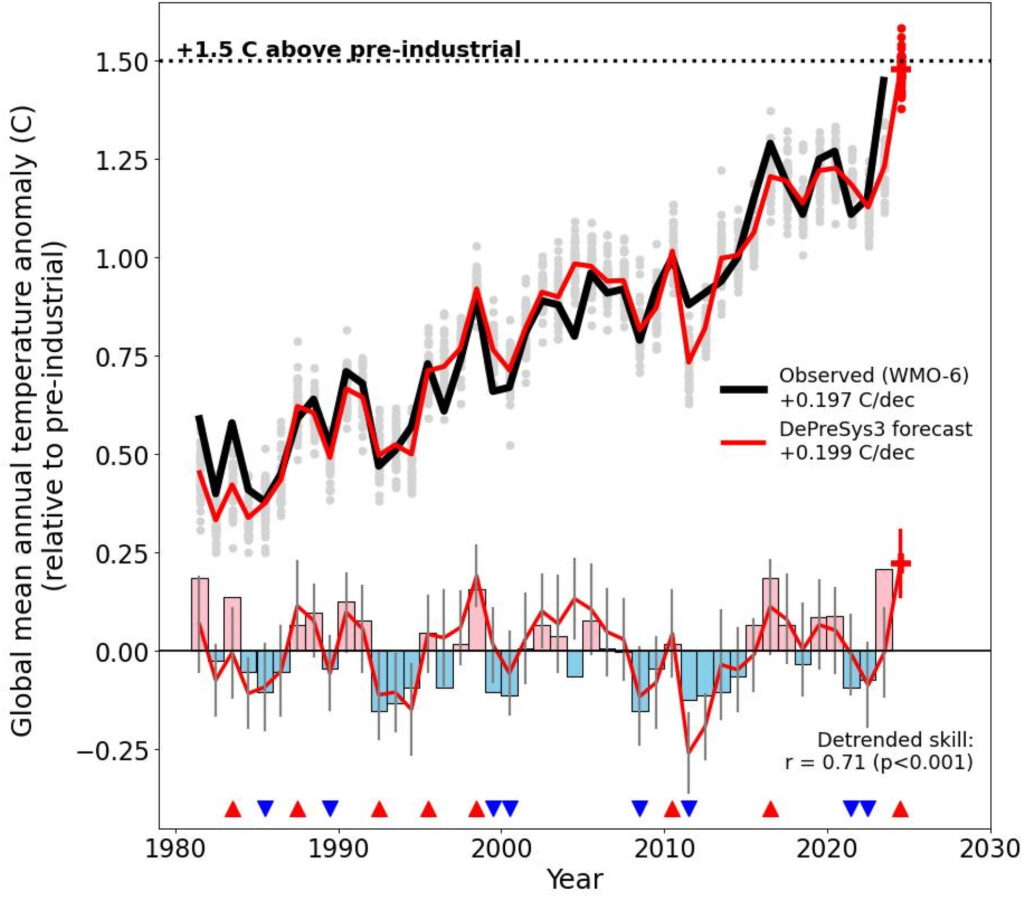2024 Likely to be Warmest Year on Record: Global Temperatures Reach New Heights

The world is getting hotter, and 2024 may set a new record. Scientists predict this year could be the warmest ever measured. This comes after 2023 already broke heat records.
Global temperatures in 2024 are expected to exceed 1.5°C above pre-industrial levels for the first time. This key threshold was set by the Paris Agreement to limit dangerous climate change. Crossing it, even briefly, is a stark warning.
Global Temperature Trends in 2024
2024 is shaping up to be a year of record-breaking heat. Scientists are closely watching as temperatures climb, potentially surpassing previous highs.
The Earth’s temperature is on an upward trajectory in 2024. Climate experts predict this year will likely be the warmest on record. This follows the heat wave of 2023, which has already set new benchmarks.
Key factors driving this trend include:
- Increased greenhouse gas emissions
- El Niño weather patterns
- Reduced aerosol pollution
These elements combine to push global temperatures higher. Urban areas feel the heat more intensely due to the heat island effect. Rural regions also see rising mercury levels.
Comparative Data from Past Years

When looking at historical data, 2024’s warmth stands out. The last decade has seen a string of hot years, but 2024 may top them all.
Temperature increases since pre-industrial times:
- 1850-1900 average: Baseline
- 2015-2022: +1.1°C to 1.2°C
- 2023: +1.4°C (estimated)
- 2024: Potentially exceeding +1.5°C
Record Temperatures and Extreme Weather Patterns
Regions across South America, North Africa, and Europe have experienced unprecedented heatwaves, contributing to record-breaking national averages.
June 2024 was the hottest month ever recorded for 63 countries, including Brazil, Egypt, Greece, and South Korea .
This summer of extremes illustrates the increasingly erratic behavior of weather patterns under climate change, as some areas endure intense heat and drought while others are ravaged by severe storms and flooding .
The expected return of weak La Niña conditions later in the year adds complexity to the forecast, with sea surface temperatures in the Pacific cooling slightly but overall global temperatures continuing to rise.
These shifts are expected to lead to cooler conditions in parts of Southeast Asia and Australia, while much of the Northern Hemisphere experience above-normal warmth.
A Grim Outlook for 1.5°C Climate Targets
With the world on track to surpass the critical threshold of 1.5°C above pre-industrial levels, experts are urging swift and unified action.
Dr. Wendy Broadgate of Future Earth stressed that minimizing this overshoot is critical to reducing risks to societies, particularly for vulnerable regions like small island nations and low-lying coastal areas.
Scientific Community’s Outlook
The global scientific community is closely watching several key factors:
- El Niño conditions
- Rising greenhouse gas levels
- Ocean heat content
These elements combine to create a perfect storm for temperature records.
Dr. Jane Smith, a leading climatologist, notes, “We’re seeing unprecedented warmth in our oceans and atmosphere. It’s a clear signal of ongoing climate change.”
Recent models suggest a high probability of 2024 surpassing previous heat records. Some researchers estimate a 90% chance of breaking historical temperature highs.
The scientific consensus is clear: urgent action is needed to address climate change. Researchers stress the importance of reducing emissions and adapting to a warmer world.
As 2024 unfolds, climate scientists will be working tirelessly to track temperature trends. Their findings will be crucial for informing policy decisions and public awareness about our changing climate.




